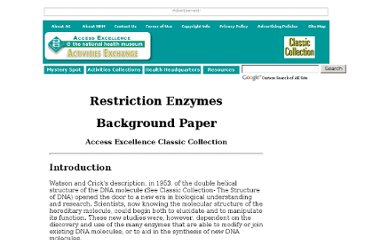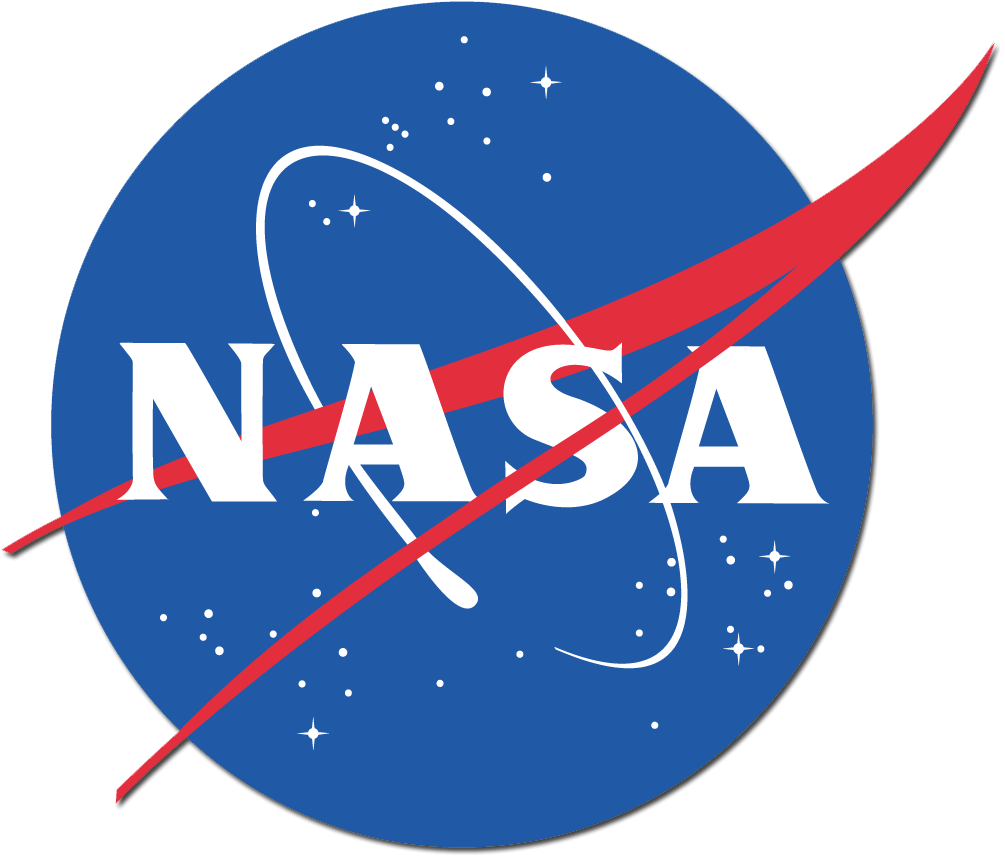
This web site provides browsers with images and information from one of the world's largest collection of well-preserved, sectioned and stained brains of mammals. Viewers can see and download photographs of brains of over 100 different species of mammals (including humans) representing over 20 Mammalian Orders..
 Graphics Gallery is a series of labeled diagrams with explanations representing the important processes of biotechnology. Each diagram is followed by a summary of information, providing a context for the process illustrated.
Graphics Gallery is a series of labeled diagrams with explanations representing the important processes of biotechnology. Each diagram is followed by a summary of information, providing a context for the process illustrated.
Our mission is to build a future in which people live in harmony with nature. From our experience as the world's leading independent conservation body, we know that the well-being of people, wildlife and the environment are closely linked. That's why we take an integrated approach to our work.
We're striving to safeguard the natural world, helping people live more sustainably and take action against climate change. We spend a lot of time working with communities, with politicans and with businesses to find solutions so people and nature can thrive.
Our projects are innovative, collaborative and based on scientific evidence. And we think big. We run a number of Global initiatives focussing on the regions and challenges where we can make the biggest difference - from the Arctic and the Amazon to responsible fishing.
 A
A record has been made of this error, and if it’s something we can fix, we will! If you’d like some feedback about the content you are looking for, please fill in the form below and we’ll get back to you asap. (Information about the page you were after, and the referring page, will be sent automatically)
 It
Ittakes hundreds of people -- machinists, engineers, scientists and many others -- to get a spacecraft from the planning stages to its destination in outer space. The people in this gallery represent just a few of the folks who make space exploration ideas a reality.
7.http://www.nasa.gov/
 To reach for new heights and reveal the unknown so that what we do and learn will benefit all humankind.
To reach for new heights and reveal the unknown so that what we do and learn will benefit all humankind.
In total, JPL has 19 spacecraft and 9 instruments conducting active missions. All of these are important parts of NASA's program of exploration of Earth, the solar system and the universe beyond. These ventures would not be possible without NASA's Deep Space Network managed by JPL. This international network of antenna complexes on several continents serves as the communication gateway between distant spacecraft and the Earth-based teams that guide them. While carrying out these exploration missions, JPL also conducts a number of space technology demonstrations in support of national security and develops technologies for uses on Earth in fields from public safety to medicine, capitalizing on NASA's investment in space technology.

only a small number of the world's plant and animal species have been assessed. In addition to the many thousands of species which have not yet been assessed (i.e., are Not Evaluated), other species that are not included on the IUCN Red List are those that went extinct before 1500 AD and Least Concern species that have not yet been data based. The species groups that have been comprehensively assessed include the amphibians, birds, mammals, freshwater crabs, warm-water reef building corals, conifers and cycads. The vast majority of plants listed in the 1997 IUCN Red List of Threatened Plants have not yet been evaluated against the revised Red List Criteria and are therefore not included here.
 Quizás usted haya notado que la apariencia de las historias de Ciencia@NASA ha cambiado. No hay motivo para alarmarse. Nuestro producto principal, las historias sobre ciencia de la NASA, contadas de manera simple y clara, continúa siendo el mismo. Los cambios son una señal de progreso. Recientemente, el equipo de Ciencia@NASA unió sus fuerzas al Directorio de Misiones Científicas, en las oficinas centrales de la NASA. Trabajando juntos, podremos cubrir una gama más amplia de descubrimientos de la NASA y podremos desarrollar para nuestros lectores oportunidades relacionadas con la "ciencia ciudadana". Asimismo, continuaremos incluyendo los antiguos favoritos, como las Crónicas del Apollo, y buscaremos historias sobre eventos de astronomía informados por aficionados. El cielo es el límite.
Quizás usted haya notado que la apariencia de las historias de Ciencia@NASA ha cambiado. No hay motivo para alarmarse. Nuestro producto principal, las historias sobre ciencia de la NASA, contadas de manera simple y clara, continúa siendo el mismo. Los cambios son una señal de progreso. Recientemente, el equipo de Ciencia@NASA unió sus fuerzas al Directorio de Misiones Científicas, en las oficinas centrales de la NASA. Trabajando juntos, podremos cubrir una gama más amplia de descubrimientos de la NASA y podremos desarrollar para nuestros lectores oportunidades relacionadas con la "ciencia ciudadana". Asimismo, continuaremos incluyendo los antiguos favoritos, como las Crónicas del Apollo, y buscaremos historias sobre eventos de astronomía informados por aficionados. El cielo es el límite. Water is one of six science mission areas of the U.S. Geological Survey (USGS). Water's mission is to collect and disseminate reliable, impartial, and timely information that is needed to understand the Nation's water resources.
Water is one of six science mission areas of the U.S. Geological Survey (USGS). Water's mission is to collect and disseminate reliable, impartial, and timely information that is needed to understand the Nation's water resources.
No hay comentarios:
Publicar un comentario